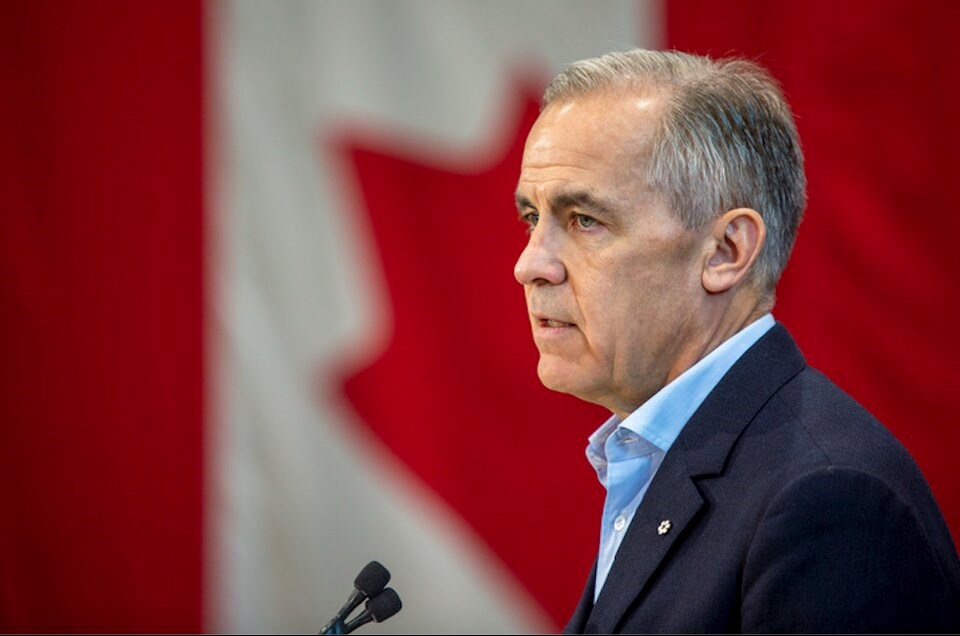Climate Disinformation Campaign Targets Liberal Leader Mark Carney on Social Media
A sophisticated network of suspected bot accounts on social media platforms, primarily X (formerly Twitter) and YouTube, launched a disinformation campaign targeting Liberal Leader Mark Carney in the lead-up to the recent federal election. The campaign falsely claimed Carney’s former employer, global investment firm Brookfield, stood to profit from the Liberal Party’s "net-zero" climate agenda. This coordinated effort, identified by Climate Action Against Disinformation (CAAD), leveraged the politically charged term "net-zero" to sow distrust and undermine public support for climate action.
CAAD, a coalition of over 50 climate and anti-disinformation organizations, analyzed hundreds of social media accounts and discovered a pattern of suspicious activity. The suspected bots exhibited telltale signs: lack of profile pictures and bios, minimal original content, and a sudden surge in activity focused solely on discrediting Carney. These accounts disseminated identical or near-identical messages, often linking to videos on right-wing YouTube channels known for promoting conspiracy theories. The coordinated nature of the campaign suggests a deliberate attempt to manipulate public opinion and potentially influence the election outcome.
The disinformation campaign employed several tactics common to online climate denialism. It framed climate action as a job-killing initiative designed to enrich elites, exploiting anxieties about economic transition. The campaign also linked Carney to unsubstantiated claims of censorship and corruption, further eroding public trust. By associating Carney with these narratives, the campaign aimed to paint him as untrustworthy and discredit the Liberal Party’s climate policies.
The suspected bot network’s operations exhibited a level of sophistication that raised concerns about the evolving nature of online disinformation. Many of the accounts were created well before the election but remained dormant until activated for this specific campaign. This suggests a deliberate strategy of building a network in advance and deploying it at a strategically opportune moment. CAAD’s inability to definitively identify the individuals or groups behind the network underscores the challenges in combating online disinformation, particularly when orchestrated through anonymous or pseudo-anonymous accounts.
The campaign against Carney echoes similar disinformation efforts observed in other countries, highlighting the global nature of this threat. The use of "net-zero" as a target aligns with broader trends in climate disinformation, where key terms and concepts are strategically manipulated to undermine climate action. This tactic aims to exploit political divides and sow confusion about the scientific consensus on climate change.
This latest incident underscores the increasing threat of online disinformation campaigns in the Canadian political landscape. Experts warn that such campaigns, while unlikely to sway committed voters, can reinforce existing biases and deepen partisan divides. The proliferation of bot networks on platforms like X poses a significant challenge to democratic processes, as they can create an uneven playing field and manipulate public discourse. Addressing this challenge requires a multi-faceted approach involving platform accountability, media literacy initiatives, and public awareness campaigns to equip citizens with the tools to identify and resist disinformation. The incident involving Carney serves as a stark reminder of the need for vigilance and critical thinking in the digital age.


